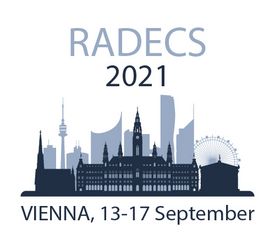Abstract
An overview of the main ESA Cubesat Missions and activities will be provided with emphasis on the utilised Radiation Hardness Approach. With the increased complexity of Cubesat design and mission objectives, together with the transition from educational to In-orbit demonstration missions utilising COTS, radiation hardness has become paramount to increase in-orbit availability. Details on the radiation requirements, utilised tools, and testing approach for ESA LEO missions, will be provided, through an overview of the results of High Energy Proton campaigns.
For the new ESA deep space Cubesat Missions (e.g. M-ARGO, HERA Cubesats), an overview of the guidelines, requirements, and ongoing process with the Cubesat industry will be introduced, aiming to reduce the effects of radiation while finding a correct balance in between mission availability, risk and associated programmatic cost.
Contents
- ESA Cubesat missions overview
- ESA Cubesat missions radiation requirements, effects assessment, and testing experience for LEO and deep space missions.
- TID and SEE testing
- In-orbit experience
Short CV
Franco Perez received his Master’s degree in Telecommunications Engineering from the University of Vigo (Spain), and Electrical Engineer from the University of Virginia Polytechnic Institute and State University (USA) in 2013. He joined the European Space Agency as a contractor System Engineer in 2019, in the directory of Technology, Engineering, and Quality (TEC), in the Systems Department. Franco has been involved in more than 15 Cubesat studies and missions, as a system engineer but also developing cleanroom activities as assembly, integration, and verification engineer, and executor of environmental test campaigns. At ESA, he is involved in Cubesat LEO and Deep Space Missions, supporting the design and development of hardness assurance approaches and campaigns, including TID and SEE campaigns with Protons and Heavy Ion.















